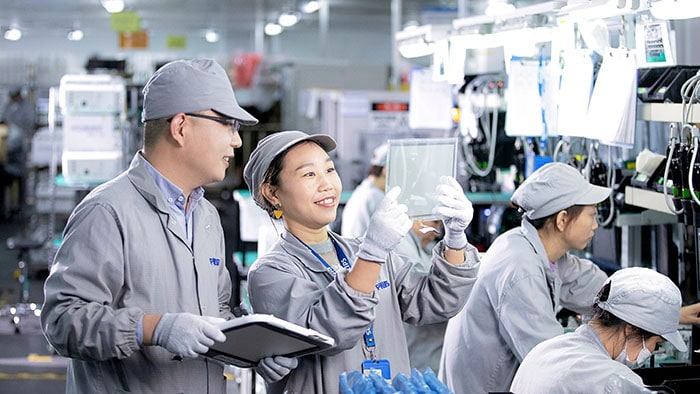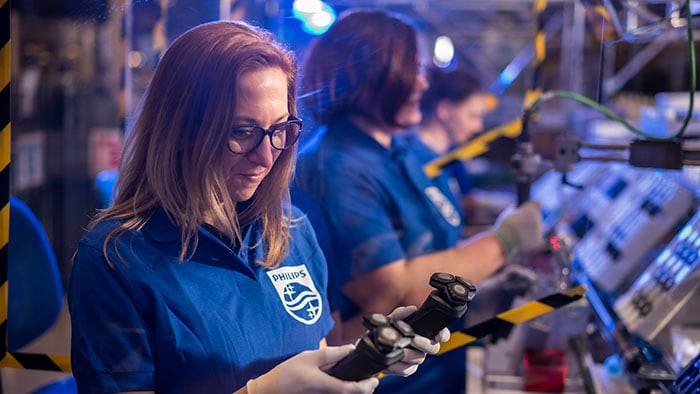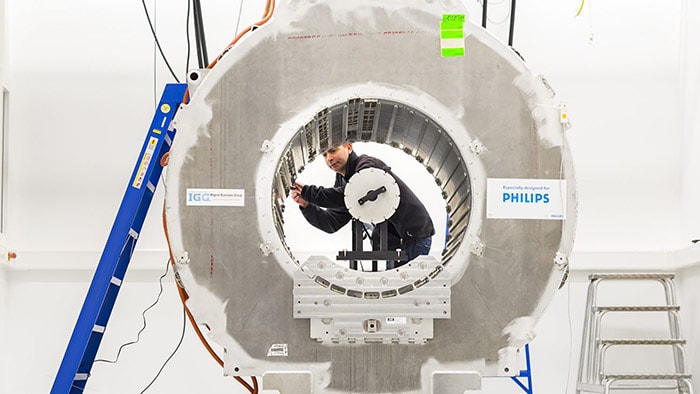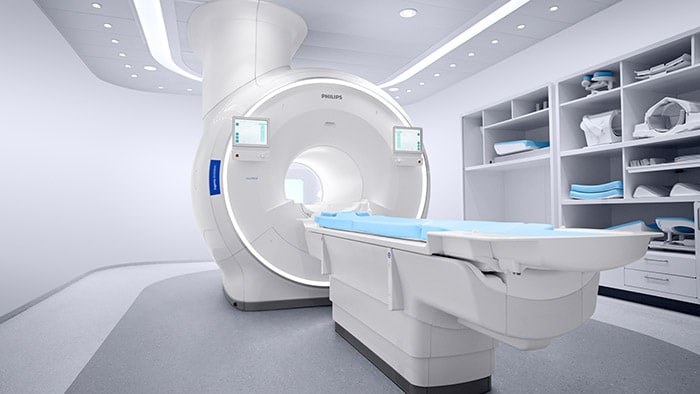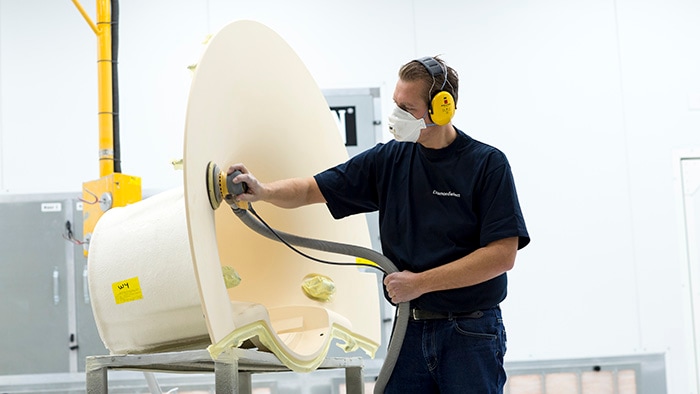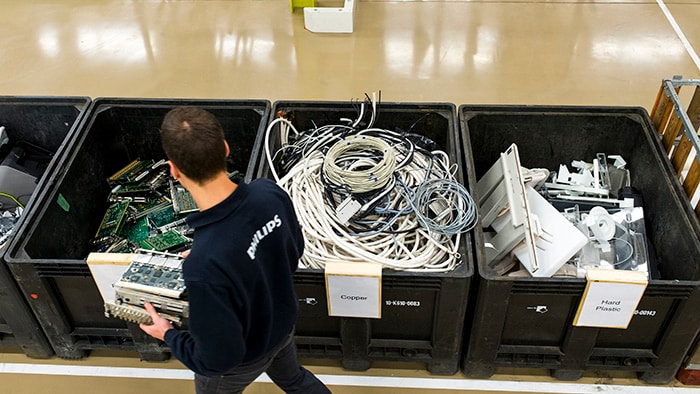The healthcare industry is the world’s biggest consumer of helium, accounting for around 30% of global use [1]. The average MRI machine requires about 1,700 liters of liquid helium [2] that needs to be periodically replenished, and there are roughly 50 thousand [3] mostly conventional, helium-cooled MRI scanners in use around the world today. Amid a global helium shortage, this is a stark realization. Without the helium required to cool the magnets, patients will not be able to receive MRI scans for early and definitive diagnoses of neurological disorders, cancer and a myriad of other serious health conditions. To keep providing these potentially life-saving scans while keeping our planet healthy, sustainable change is necessary.
Once it’s gone, it’s gone
Helium is a largely non-renewable and non-recoverable natural resource. If it’s vented into the atmosphere, it is so light that it escapes the earth’s gravity and boils off into outer space [4]. The problem is that conventional MRI scanners are capable of venting a lot of it. Helium is used in an MRI scanner to cool the machine’s magnet so that the electrical current in its coil can flow indefinitely without encountering resistance – a state known as ‘superconductivity’. A conventional MRI scanner can boil away as much as 1,500 liters depending on its fill level [5], and once it’s gone it’s gone for good. With aging populations in developed countries and the steady growth of neurological and oncological disease worldwide, the number of global MRI scans also continues to grow at a significant rate thanks to their superiority in contrast resolution and tissue differentiation over any other diagnostic imaging modality [6]. As a result, more and more helium is required to meet these demands, making the practice effective, but not environmentally sustainable. Coupled with geopolitical tensions affecting helium supply chains, there is currently a world shortage of the precious gas and prices are rising.
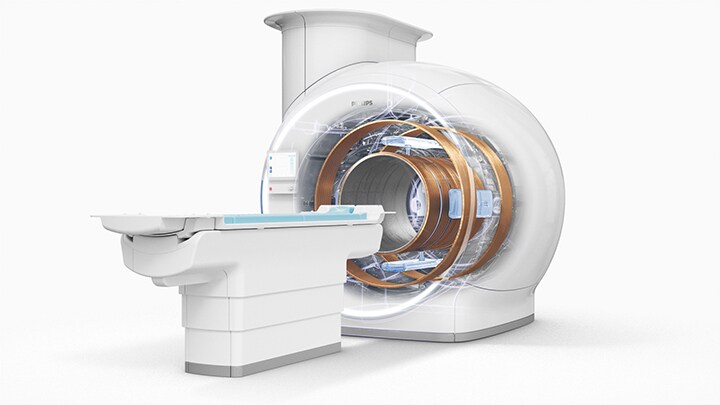
Philips introduces the first and only fully-sealed 1.5T magnet, helping to achieve ‘helium-free’ MR operations
As early as 2018, Philips recognized this profligate use of helium in MRI scanners was unsustainable. So the company designed a MRI magnet that not only uses a fraction of the helium than the average conventional scanner, but also doesn’t vent it to the atmosphere in the event of a magnet quench. Philips’ BlueSeal Magnet is the industry’s first and still the only fully-sealed 1.5T (Tesla) magnet to be introduced in a commercially available MRI scanner. And progress has come a long way. Philips currently offers an entire family of 70cm bore scanners incorporating BlueSeal magnet technology – MR Ingenia Ambition 1.5T S, MR Ingenia Ambition 1.5T X, and the latest future-proofed, efficiency-enhancing MR 5300. With three MRI offerings that use a mere 0.5% of the helium required for conventional scanners without need for a refill, Philips is actively working to close the gap amid the helium shortage, making alternative, low-helium technologies more readily available across the globe.
What’s truly remarkable is that the BlueSeal Magnet in these scanners requires only 7 liters of liquid helium. The 1,700 liters of helium required for a single conventional magnet could supply more than 230 Philips BlueSeal magnets with the helium they need to produce the same quality diagnostic imaging. And these magnets never require a refill, remaining helium-free in operations for life. If a loss of field does occur, the BlueSeal system remains completely sealed, minimizing scanner downtime and eliminating helium sourcing problems. With a global installed base of almost 600 units, it is estimated that Philips BlueSeal-equipped scanners have already saved more than 1 million liters of helium since 2018 [7].
“We won’t have any problems of refilling during the machine’s lifetime, and we can forget about the helium,” said Dr. Marίa del Mar Travieso, Head of the Radiology Department at Hospitales San Roque (Spain). “This will save us money and help us be more environmentally friendly.”
“We believe that magnets with helium-free operations will play an important role in the reliable and sustainable operations of hospitals in the future,” commented Prof Jun Hashimoto, Professor and Chairperson, Department of Radiology, Tokai University School of Medicine (Japan).
Delivering diagnoses to more patients in more settings
Helium may be one of the most lightweight elements on earth, but a Philips BlueSeal Magnet is 900Kg lighter than traditional MRI systems once the equipment and vent pipe required to manage the helium are stripped away [8]. That weight advantage gives hospitals greater flexibility in siting an MRI scanner with BlueSeal magnet technology in terms of reduced floor loading and no requirement for a vent pipe. BlueSeal Magnet’s minimal use of helium in manufacture, zero helium cost in operations, lower weight, and simpler installation advantages might help the world’s scarce helium resources to go further and last longer. Coupled with other MR innovations, such as Philips SmartSpeed acceleration engine – which enables scanning up to 3 times faster and reduces power consumption by up to 53% per patient scan [9] – and patient-centric workflow solutions, it means the excellent diagnostic performance of MRI can be made available to more patients in more settings, furthering Philips’ commitment to improving people’s lives through meaningful innovation.
Philips will showcase its latest in MR innovations at the Radiological Society of North America (RSNA) annual meeting (November 27 – December 1, Chicago, USA). On Monday, Nov. 28 at 7:00AM – 8:00AM CST, Kees Wesdorp, Chief Business Leader of Precision Diagnosis at Philips will facilitate a panel session during a virtual symposium to discuss “Decarbonizing radiology,” featuring leading experts from around the world discussing mandates for sustainable, responsible radiology best practices. RSNA attendees can visit Philips at RSNA 2022 to register for the symposia session and to learn more about the company’s latest smart integrated diagnostic systems and connected workflows helping to advance precision diagnosis and treatment. Join Philips in person in booth #6730 at RSNA, or virtually via the Philips interactive online radiology experience and follow @PhilipsLiveFrom for #RSNA22 updates throughout the event.
[1] Distribution of helium consumption worldwide as of 2021, by end use. https://www.statista.com/statistics/729995/helium-consumption-distribution-by-end-use-worldwide/
[2] Cincinnati Children’s, December 11, 2019: https://blog.cincinnatichildrens.org/radiology/what-is-a-quench-as-it-relates-to-an-mri-magnet/
[3] Magnetic Resonance, Chapter 21, Facts and Figures. https://www.magnetic-resonance.org/ch/21-01.html
[4] Britannica: https://www.britannica.com/video/185602/process-elements-Earth-space-atmosphere-release-structure
[5] University of Southern California Dana and David Dornsife Cognitive Neuroimaging Center Safety Manual, 2015: https://dornsife.usc.edu/assets/sites/868/docs/SafetyManual.pdf
[6] U. S. Imaging Services Market Size, Share & Trends Analysis Report By Modality (X-ray, Mammography, Nuclear Medicine Scans, Ultrasound, MRI Scans), By End-use (Hospitals, Diagnostic Imaging Centers), And Segment Forecasts, 2022 - 2030.
[7] Total helium saved compared to conventional, helium-cooled scanners across both production and operations since 2018 = 1,038,361, based on LV supply 2022
[8] Compared to Philips earlier (non-BlueSeal) Ingenia 1.5T ZBO magnet.
[9] Applicable to MR 5300 and Ambition S. Philips SmartSpeed power consumption versus Philips SENSE based scanning. Based on COCIR and in-house simulated environment. Results can very based on site conditions





